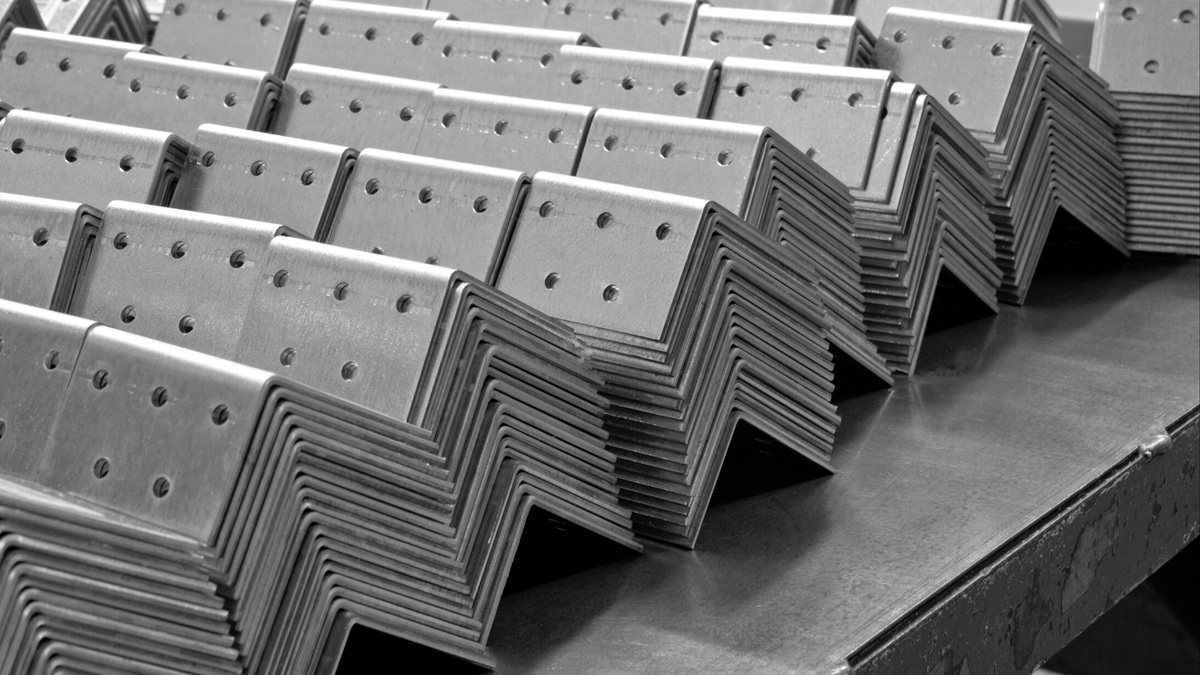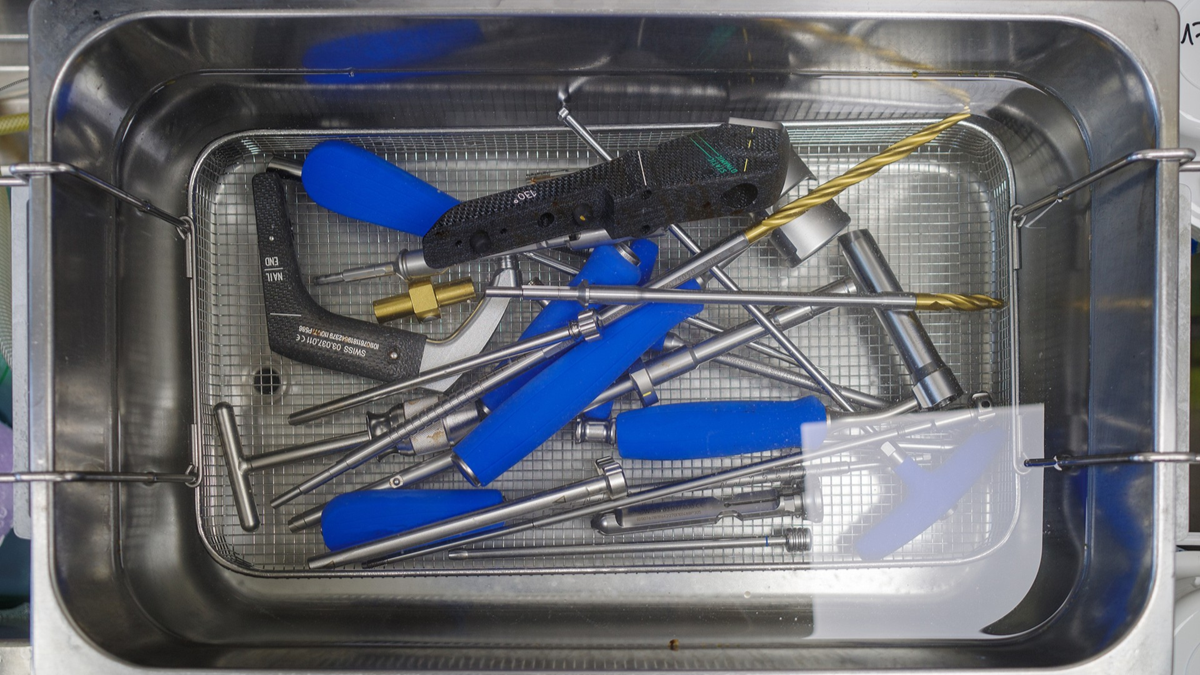Press Brake vs Shearing Machine: Functional and Technical Comparison of Industrial Processing Equipment
Press Brake
Definition
A press brake is a type of machine tool used to bend metal sheets or other materials into specific angles or shapes, commonly employed in manufacturing processes requiring precise bending. Press brakes can be manual, hydraulic, or CNC-driven, accommodating various scales of processing needs.
Functions and Features
- High-Precision Bending: Press brakes use molds and pressure systems to bend materials into predetermined shapes, widely used in metal sheet processing.
- Versatile Control: Modern press brakes are often equipped with CNC systems, enabling automatic adjustment of bending angles and force for improved efficiency and consistency.
- Flexibility: Suitable for sheets of varying thicknesses and materials, such as steel, aluminum, or stainless steel.
Applications
- Metal Processing: Used in manufacturing automotive parts, machinery casings, and construction components.
- Furniture Manufacturing: Processes metal or wooden frames for modern furniture components.
- Aerospace: Employed for precise bending of lightweight materials to meet stringent standards.
Shearing Machine
Definition
A shearing machine is a machine tool used to cut metal sheets or other materials, separating them into desired sizes or shapes using mechanical or hydraulic force.
Functions and Features
- Efficient Shearing: Shearing machines can quickly and precisely cut various materials, minimizing waste.
- Multiple Shearing Methods: Mechanical shears are suitable for simple cuts, while laser shearing machines excel in high-precision and complex pattern cutting.
- Safety Features: Modern shearing machines are equipped with safety sensors and protective devices to ensure safe operation.
Applications
- Metal Manufacturing: Cuts steel or aluminum sheets for construction, automotive, or machinery manufacturing.
- Electronics Industry: Precisely cuts circuit boards or other delicate components.
- Packaging Industry: Cuts cardboard or plastic materials for packaging products.
Comparison of Press Brake and Shearing Machine
| Aspect | Press Brake | Shearing Machine |
|---|---|---|
| Main Function | Bends materials into specific shapes. | Cuts materials into desired sizes. |
| Technology Type | Manual, Hydraulic, CNC. | Mechanical, Hydraulic, Laser. |
| Applicable Materials | Metal sheets, wood, etc. | Metal, plastic, cardboard, etc. |
| Precision Requirement | High, requires precise angle control. | High, especially for laser cutting. |
Conclusion
Press brakes and shearing machines are vital equipment in the field of machine tools, each offering unique value in manufacturing. Press brakes excel in precise material forming, while shearing machines perform exceptionally in efficient cutting. With advancements in CNC technology and automation, the performance and application scope of these machines continue to expand, providing robust support for modern industry.





.png)






